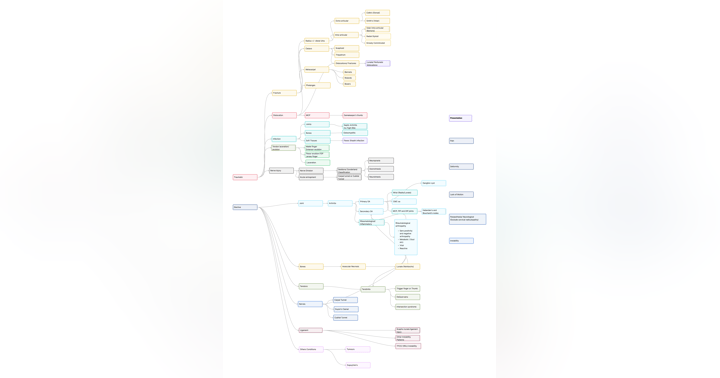Understanding Peripheral Neuropathy: Insights from Dr. Jessica Hafner

In a captivating episode of Aussie Med Ed, Dr. Gavin Nimon explores the intricate world of peripheral neuropathy with Dr. Jessica Hafner, a neurologist at the Queen Elizabeth Hospital. This episode serves as a comprehensive guide to understanding the causes, symptoms, and diagnostic approaches for peripheral nerve disorders, offering valuable knowledge to medical professionals, students, and anyone interested in the human nervous system.
What is Peripheral Neuropathy? Peripheral neuropathy is a condition characterized by damage to the peripheral nerves, often resulting in tingling, numbness, and pain in the hands and feet. It can arise from various causes, with diabetes being the most prevalent. However, as Dr. Hafner points out, the condition is more than just a byproduct of diabetes; it’s a multifaceted disorder that requires careful examination and diagnosis.
Identifying the Symptoms Dr. Hafner emphasizes the importance of understanding the pattern of symptoms when diagnosing peripheral neuropathy. She discusses how localized symptoms, such as carpal tunnel syndrome, differ from generalized symptoms like those seen in diabetic neuropathy, where tingling starts in the feet and gradually spreads upwards. Recognizing these patterns is crucial for determining whether the condition is benign or if it warrants urgent medical attention.
The Role of Diagnostic Tools The episode delves into the diagnostic process, where Dr. Hafner explains the use of nerve conduction studies and electromyography (EMG). These tests help pinpoint the exact location and nature of nerve damage, distinguishing between conditions caused by metabolic issues, such as diabetes, and those driven by autoimmune processes, like Guillain-Barré syndrome. The discussion also covers the significance of imaging techniques, like ultrasound and MRI, in diagnosing focal neuropathies, such as carpal tunnel syndrome and ulnar neuropathy.
Red Flags and Urgent Conditions One of the key takeaways from this episode is the importance of recognizing red flags in patients presenting with neuropathic symptoms. Dr. Hafner highlights symptoms such as rapid progression, asymmetry, and the presence of motor weakness or systemic illness as indicators of potentially serious conditions that require immediate medical intervention. She advises that these red flags should prompt a more aggressive diagnostic approach, including possibly sending patients for emergency evaluation.
Management and Treatment Managing peripheral neuropathy involves not only treating the underlying cause but also addressing the symptoms to improve patient quality of life. Dr. Hafner discusses various treatment options, ranging from conservative approaches like splinting and physical therapy to more invasive procedures, such as nerve decompression surgeries for conditions like carpal tunnel syndrome. She also emphasizes the importance of lifestyle modifications, including alcohol reduction and nutritional support, in managing neuropathy, particularly in cases where the condition is progressive and disabling.
Emerging Trends and Future Directions The conversation between Dr. Nimon and Dr. Hafner also touches on the future of diagnosing and treating neuropathies, particularly with the advent of AI and advanced imaging technologies. These advancements hold promise for more accurate diagnoses and tailored treatments, potentially transforming the way peripheral neuropathies are managed in clinical practice.
Conclusion This episode of Aussie Med Ed offers a deep dive into the world of peripheral neuropathy, providing listeners with a thorough understanding of the condition, from its causes and symptoms to its diagnosis and treatment. Whether you're a medical student, a practicing clinician, or simply curious about the human nervous system, Dr. Hafner’s expert insights make this an episode not to be missed.
For those looking to expand their knowledge, this discussion not only elucidates the complexities of peripheral neuropathy but also underscores the importance of a systematic approach in both diagnosis and management. The detailed explanations provided by Dr. Hafner serve as a valuable resource for anyone involved in the care of patients with neuropathic conditions.


